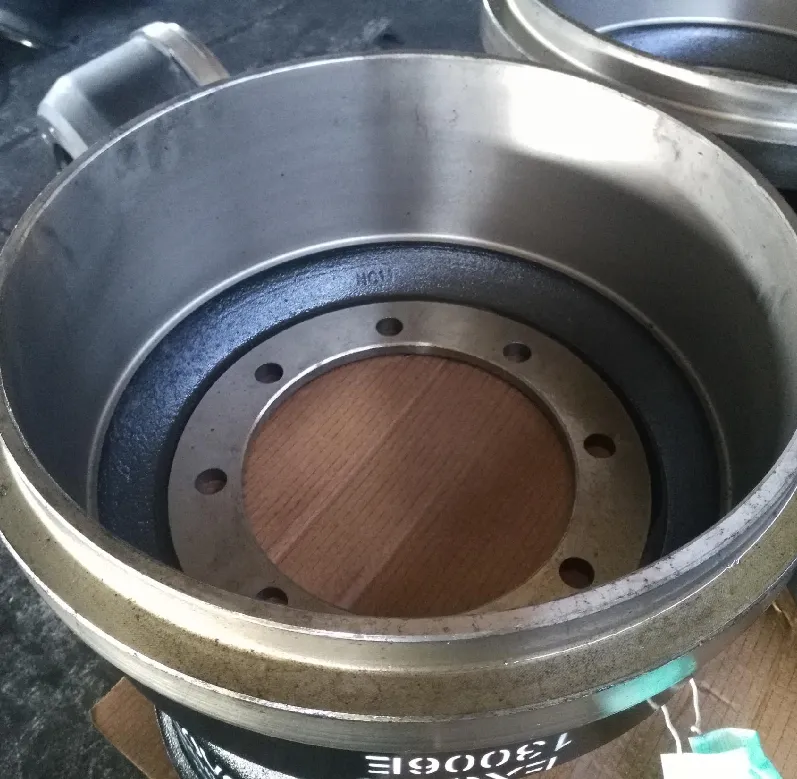
-
 Afrikaans
Afrikaans -
 Albanian
Albanian -
 Amharic
Amharic -
 Arabic
Arabic -
 Armenian
Armenian -
 Azerbaijani
Azerbaijani -
 Basque
Basque -
 Belarusian
Belarusian -
 Bengali
Bengali -
 Bosnian
Bosnian -
 Bulgarian
Bulgarian -
 Catalan
Catalan -
 Cebuano
Cebuano -
 Corsican
Corsican -
 Croatian
Croatian -
 Czech
Czech -
 Danish
Danish -
 Dutch
Dutch -
 English
English -
 Esperanto
Esperanto -
 Estonian
Estonian -
 Finnish
Finnish -
 French
French -
 Frisian
Frisian -
 Galician
Galician -
 Georgian
Georgian -
 German
German -
 Greek
Greek -
 Gujarati
Gujarati -
 Haitian Creole
Haitian Creole -
 hausa
hausa -
 hawaiian
hawaiian -
 Hebrew
Hebrew -
 Hindi
Hindi -
 Miao
Miao -
 Hungarian
Hungarian -
 Icelandic
Icelandic -
 igbo
igbo -
 Indonesian
Indonesian -
 irish
irish -
 Italian
Italian -
 Japanese
Japanese -
 Javanese
Javanese -
 Kannada
Kannada -
 kazakh
kazakh -
 Khmer
Khmer -
 Rwandese
Rwandese -
 Korean
Korean -
 Kurdish
Kurdish -
 Kyrgyz
Kyrgyz -
 Lao
Lao -
 Latin
Latin -
 Latvian
Latvian -
 Lithuanian
Lithuanian -
 Luxembourgish
Luxembourgish -
 Macedonian
Macedonian -
 Malgashi
Malgashi -
 Malay
Malay -
 Malayalam
Malayalam -
 Maltese
Maltese -
 Maori
Maori -
 Marathi
Marathi -
 Mongolian
Mongolian -
 Myanmar
Myanmar -
 Nepali
Nepali -
 Norwegian
Norwegian -
 Norwegian
Norwegian -
 Occitan
Occitan -
 Pashto
Pashto -
 Persian
Persian -
 Polish
Polish -
 Portuguese
Portuguese -
 Punjabi
Punjabi -
 Romanian
Romanian -
 Russian
Russian -
 Samoan
Samoan -
 Scottish Gaelic
Scottish Gaelic -
 Serbian
Serbian -
 Sesotho
Sesotho -
 Shona
Shona -
 Sindhi
Sindhi -
 Sinhala
Sinhala -
 Slovak
Slovak -
 Slovenian
Slovenian -
 Somali
Somali -
 Spanish
Spanish -
 Sundanese
Sundanese -
 Swahili
Swahili -
 Swedish
Swedish -
 Tagalog
Tagalog -
 Tajik
Tajik -
 Tamil
Tamil -
 Tatar
Tatar -
 Telugu
Telugu -
 Thai
Thai -
 Turkish
Turkish -
 Turkmen
Turkmen -
 Ukrainian
Ukrainian -
 Urdu
Urdu -
 Uighur
Uighur -
 Uzbek
Uzbek -
 Vietnamese
Vietnamese -
 Welsh
Welsh -
 Bantu
Bantu -
 Yiddish
Yiddish -
 Yoruba
Yoruba -
 Zulu
Zulu
Feb . 03, 2025 03:09
Back to list
drum brake adjustment
For automotive enthusiasts and professional mechanics alike, understanding the intricacies of drum brake adjustment is essential for vehicle maintenance and safety. While disc brakes have become increasingly popular, drum brakes are still prevalent in various vehicles due to their cost-effectiveness and durability. Here's a comprehensive guide to navigating the adjustment of drum brakes, rooted in technical expertise, real-world experience, and authoritative knowledge.
Rotate the star wheel upward with the brake spoon, expanding the shoes outward until slight drag is felt when spinning the drum by hand. Over-adjustment can lead to premature wear or overheating, while under-adjustment may cause delayed braking response. The goal is to achieve a balance where the shoes contact the drum without significant resistance. Reassemble the brake components, meticulously retracing the steps taken during disassembly. Confirm all springs and clips are securely placed and that the brake drum spins with only minimal resistance indicating proper adjustment. Before lowering the vehicle, it's prudent to test the brake pedal. A firm pedal after several pumps confirms adequate hydraulic integrity and shoe placement. Following drum brake adjustment, conduct a road test in a safe and controlled environment. Be attentive to any braking noise, vibrations, or pulling, each of which warrants re-inspection. Consistent braking performance without anomalies confirms successful adjustment. This guide emphasizes the importance of meticulousness and patience. While the procedure is rooted in foundational automotive principles, the nuances often dictate vehicle safety and reliability. Remember, frequent checks and maintenance of the braking system not only extend component lifespan but also ensure safe driving conditions. Achieving expertise in drum brake adjustment not only reinforces knowledge of automotive systems but also empowers confidence in handling necessary vehicle repairs.


Rotate the star wheel upward with the brake spoon, expanding the shoes outward until slight drag is felt when spinning the drum by hand. Over-adjustment can lead to premature wear or overheating, while under-adjustment may cause delayed braking response. The goal is to achieve a balance where the shoes contact the drum without significant resistance. Reassemble the brake components, meticulously retracing the steps taken during disassembly. Confirm all springs and clips are securely placed and that the brake drum spins with only minimal resistance indicating proper adjustment. Before lowering the vehicle, it's prudent to test the brake pedal. A firm pedal after several pumps confirms adequate hydraulic integrity and shoe placement. Following drum brake adjustment, conduct a road test in a safe and controlled environment. Be attentive to any braking noise, vibrations, or pulling, each of which warrants re-inspection. Consistent braking performance without anomalies confirms successful adjustment. This guide emphasizes the importance of meticulousness and patience. While the procedure is rooted in foundational automotive principles, the nuances often dictate vehicle safety and reliability. Remember, frequent checks and maintenance of the braking system not only extend component lifespan but also ensure safe driving conditions. Achieving expertise in drum brake adjustment not only reinforces knowledge of automotive systems but also empowers confidence in handling necessary vehicle repairs.
Latest news
-
Rear Drum Brakes Maintenance TipsNewsAug.04,2025
-
Key Components Affecting Brake Drum FunctionNewsAug.04,2025
-
Important Inspection for Truck Drum BrakeNewsAug.04,2025
-
How to Prepare for Changing Rear Drum BrakesNewsAug.04,2025
-
Essential Tools for Cleaning Drum Brakes ProperlyNewsAug.04,2025
-
Brake Drum Function GuideNewsAug.04,2025
-
Safety Features of Red Brake DrumsNewsAug.01,2025
